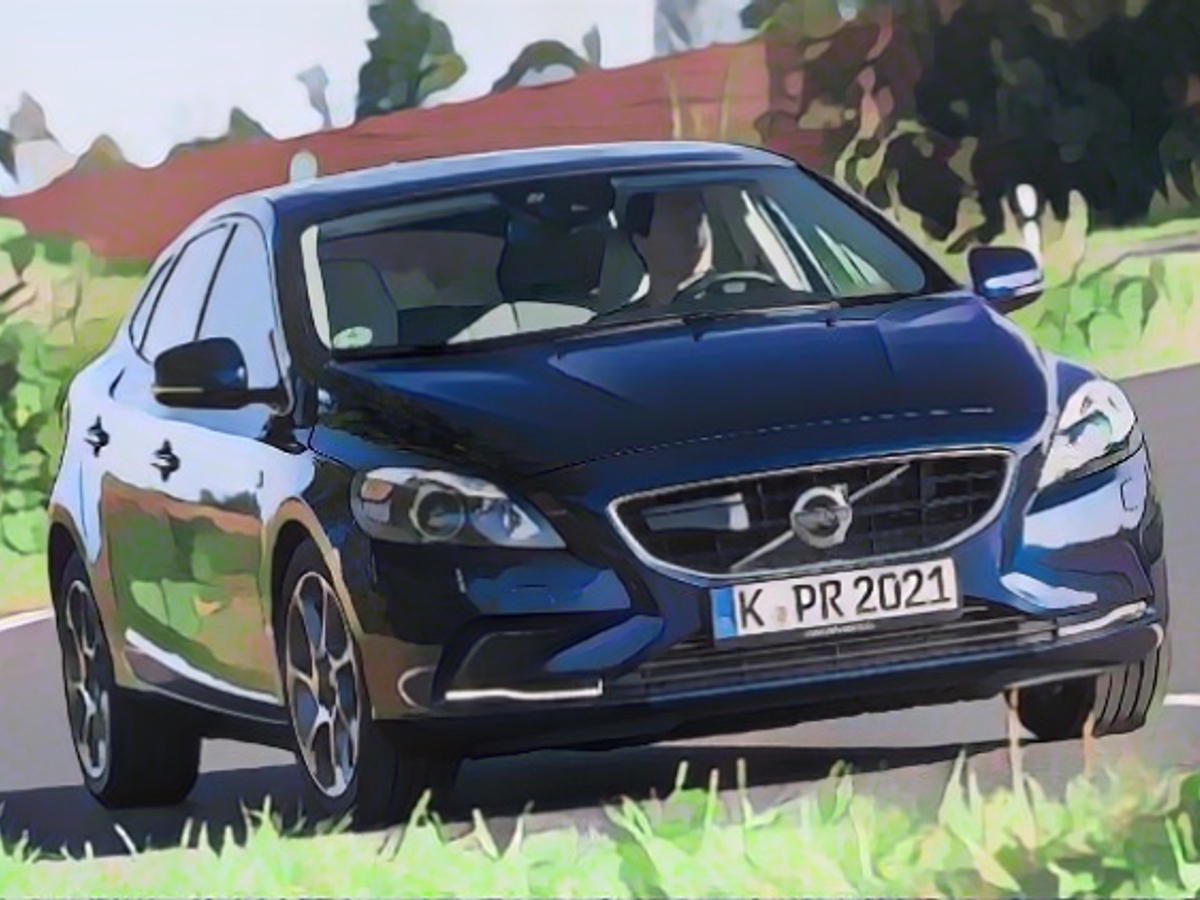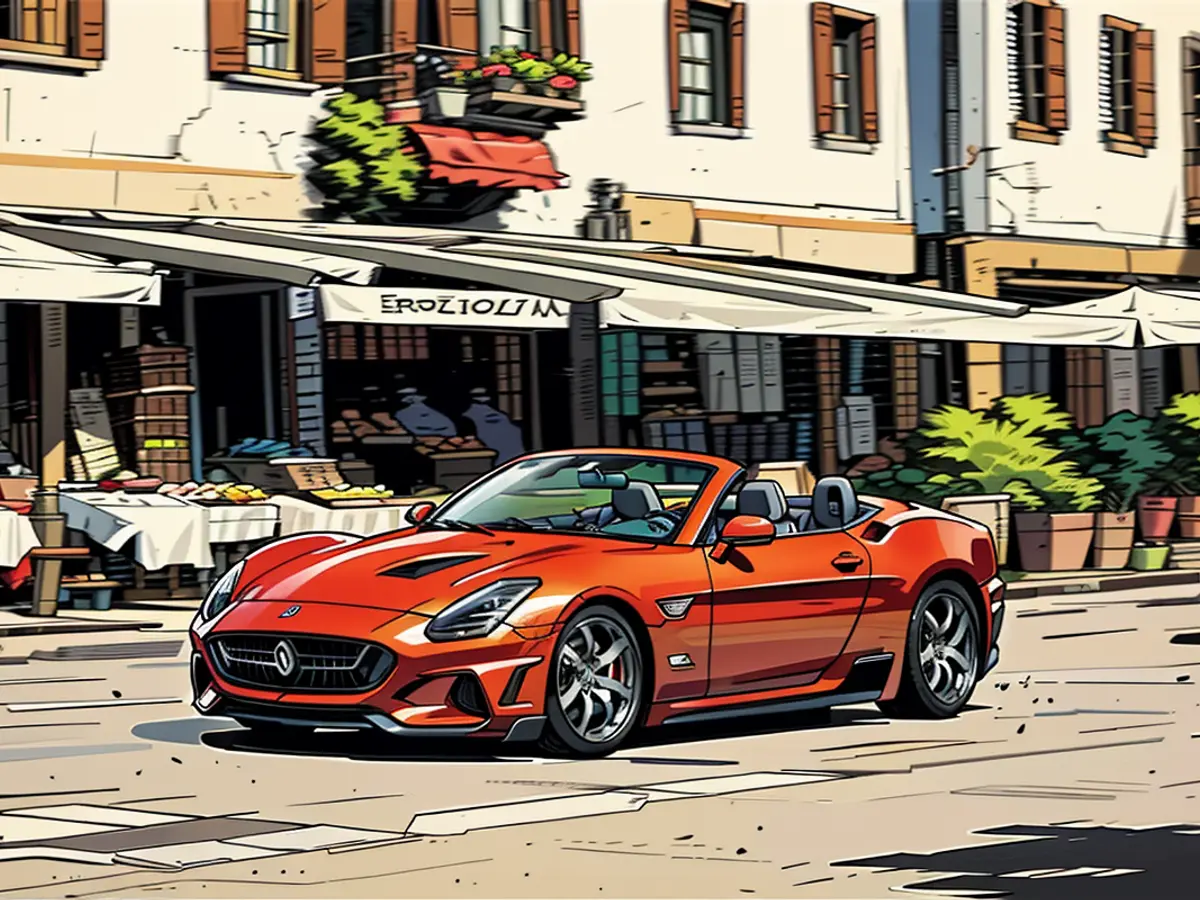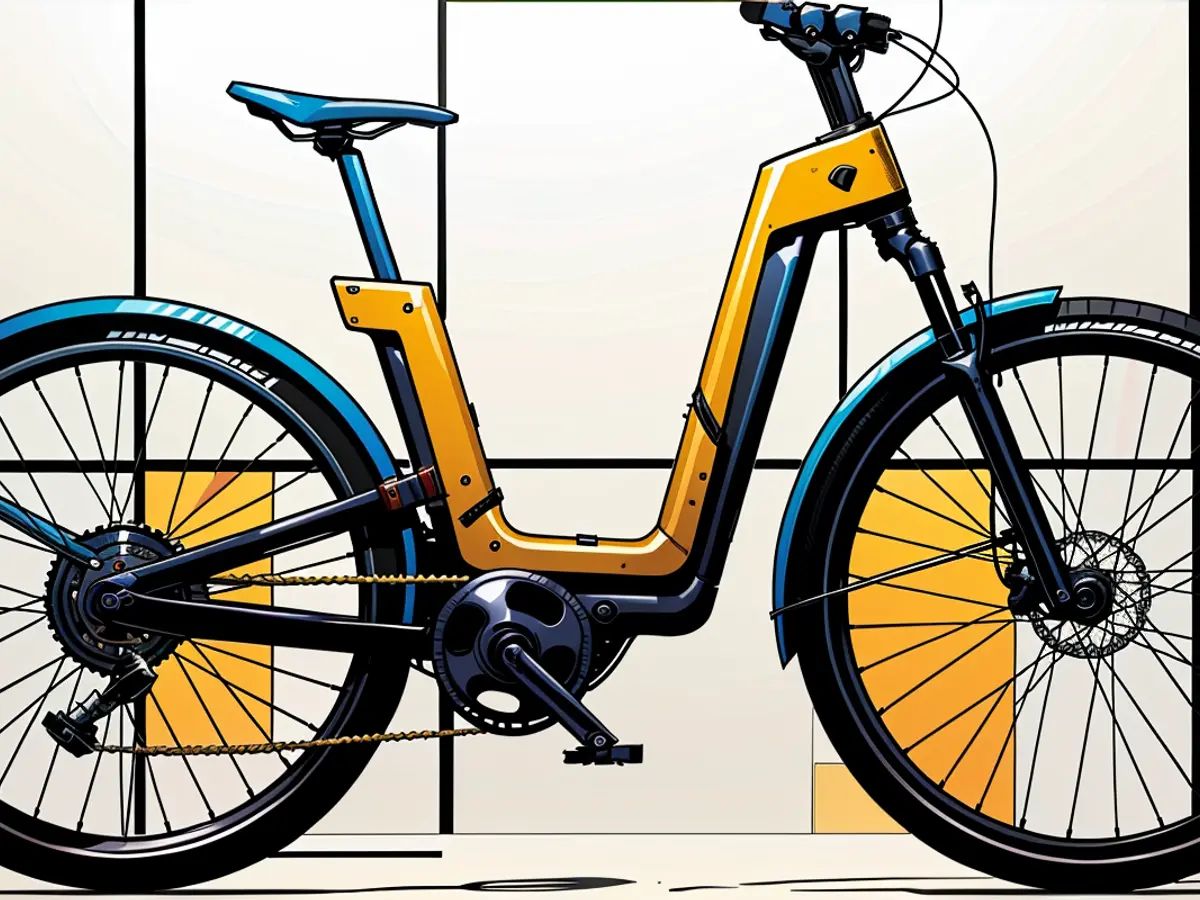Volvo V40 - durable, reliable and expensive
The V40 was Volvo's last model with technical roots from the Ford era. The compact model offered between 2012 and 2019 was based on Ford's C1 platform, which served as the basis for the C-Max, among others. The substructure was therefore identical to the first V40 generation (2004 to 2012), but the second generation of the compact Volvo made significant improvements in terms of design and reliability.
Body and interior
The V40 II is formally a compact model with a length of 4.37 meters. The five-door model also represents a departure from the Scandinavians' once distinctly angular design language. The boldly designed body is characterized by soft lines and curves. Despite its size, the amount of space in the rear and the trunk, which can only be extended from 335 to 1032 liters, are not the most economical in terms of space. The interior is typically cool and businesslike for Volvo. At the same time, there are high-quality materials and modern digital displays, and the workmanship is good.
Those who prefer something more SUV-like or sportier will find suitable alternatives in the Cross Country and R-Design variants introduced in 2013. The V40 Cross Country, for example, offers more ground clearance, a raised seating position and a special bumper with pseudo-underride protection. The R-Design offers its own grille as well as special rims and colors. A sports suspension was offered as an option. The V40 received a facelift in 2016. The later vehicles can be recognized by the modified radiator grille and the striking "Thor's Hammer" daytime running lights.
Engines and drive
The V40 is available with diesel and petrol engines with four or five cylinders. In addition to front-wheel drive versions, there were also all-wheel drive versions, and six- and eight-speed automatic transmissions were offered as an alternative to the six-speed manual gearbox. In the first few years, Ford engines were used; from 2014/15, four-cylinder petrol and diesel engines developed by Volvo with a displacement of 1969 cc were used.
The petrol-engined T2, initially available as a 1.6 and 1.5 with 88 kW/120 hp and later as a 2.0-liter with 90 kW/122 hp, was the entry-level model. The T3 remained unchanged with 110 kW/150 hp. The T4, which is always all-wheel drive, has 140 kW/190 hp. The top-of-the-range engine is the T5. As a five-cylinder, it delivers 187 kW/254 hp, with the changeover to the four-cylinder version, it delivers 180 kW/245 hp. While the T2, T3 and T4 remain fairly frugal with fuel consumption of 5.3 to 5.6 liters, the five-cylinder engines require over 2 liters more.
The diesel engines are sorted in a similar way to the petrol engines, except that there is a D in front of the numbers. With a displacement of 1.6 liters, the D2 produces 84 kW/114 hp, while the two-liter version delivers 88 kW/120 hp. D3 (110 kW/150 hp) and D4 (130 kW/177 hp) are initially five-cylinder engines; with the switch to four-cylinder engines, the output of the D3 remains unchanged, the D4 has 140 kW/190 hp. With fuel consumption of 3.4 to 3.6 liters, both D2 versions are economical; however, the D4 with 190 hp, which was offered exclusively in combination with an 8-speed automatic from spring 2014, is the fuel-saving king with 3.3 liters.
Equipment and safety
The decision to purchase a V40 was certainly not characterized by a "cheap is cool" mentality among the first owners. Even the T2 cost at least 23,000 euros. In return, the base model has a decent level of comfort equipment. Those who want more comfort will find it in the Kinetic, Momentum and Summum equipment lines.
In terms of safety, the Swede is exemplary in every respect. Among other things, an airbag under the hood is designed to reduce the risk of injury in the event of a collision with a pedestrian. It almost goes without saying that the V40 scored five stars in the EuroNCAP.
Quality
The V40 actually behaves like a good example during the main inspection at the TÜV. You can tell that it has learned from the mistakes of the previous generation, which regularly caused annoyance among inspectors and test subjects at the MOT appointments. In contrast, the V40, which has been available since 2012, performs well in almost all disciplines. It passes the HU better than the average of the vehicles tested in its segment.
The TÜV also gives older models good marks for the chassis, exhaust system, lights and brakes. After a few years, however, problems with the axle springs and dampers become more frequent, which used buyers should take a critical look at.
Conclusion
Apart from the problems with some chassis components, the V40 II is a reliable companion when it comes to the HU. Accordingly, used prices remain relatively high, even for older models. Around 800 second-hand Volvo V40s are currently offered for sale on the used car trading platform mobile.de. Prices start at around 5000 euros.
Source: www.ntv.de








